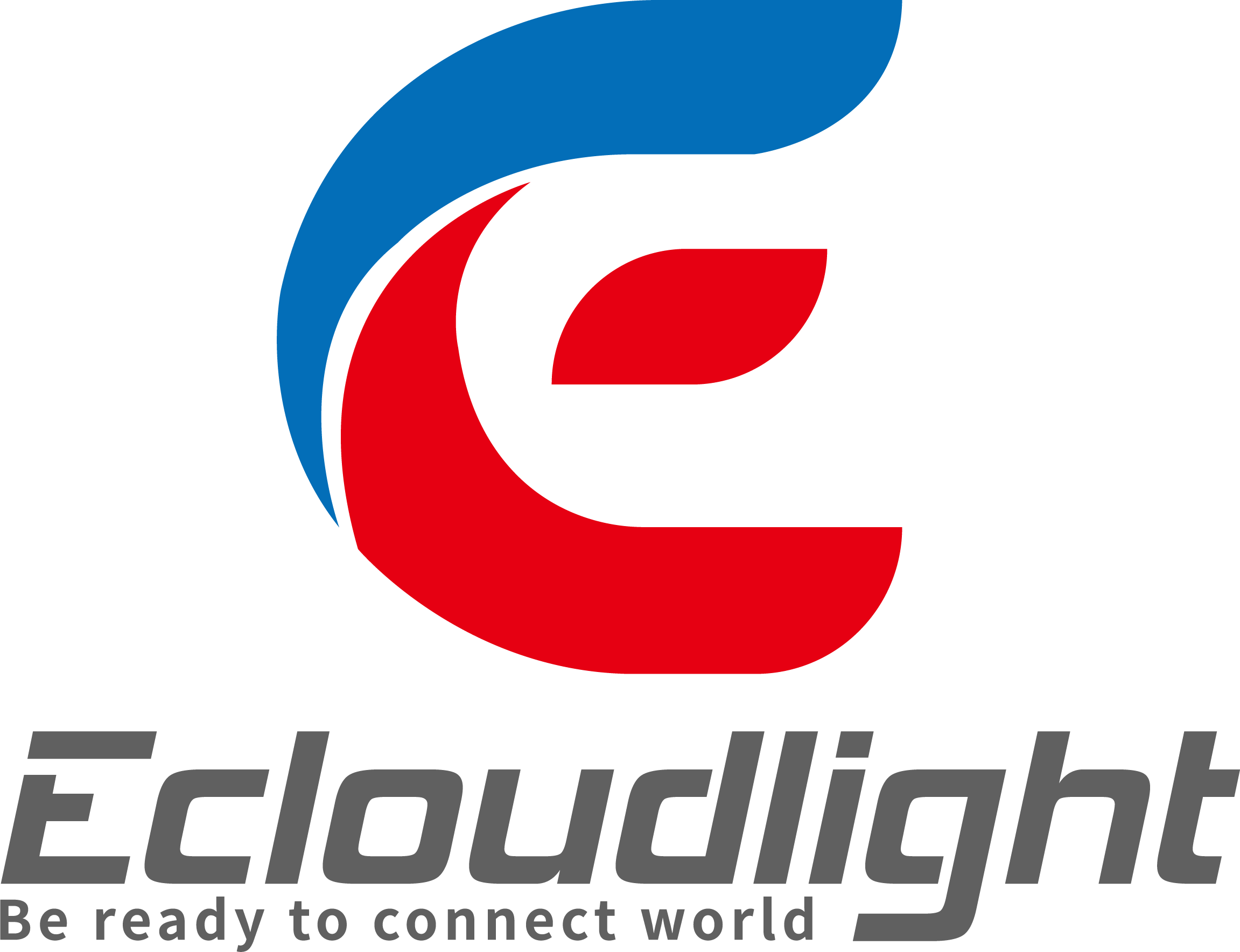AOC: A new generation of high-speed optical interconnect products for data centers
The exponential growth of data is one major reason why the global high-performance computing market has thrived. The rapid application and adoption rate for Internet technology, such as intelligent terminals or cloud servers in data centers that store information on behalf of users across different locations requires powerful processing power to efficiently prepare queries against large volumes without losing too much time when comparing values within each record. This process could not be completed before now with old school methods alone.
Active optical cables are becoming one of the main interconnection solutions in the data centers. With the gradual commercialization of servers, switches and other equipment providing 40G/100G ports in data centers, the demand for high-speed optical interconnect products is also increasing. Domestic device manufacturers continue to develop and innovate optical interconnect technology. Integrate parallel optical modules and high-frequency signal integrity techniques for in-depth understanding and research. The key requirements for optical interconnect products are high speed, high density, low cost, and low power consumption. Currently, the mainstream high-speed optical interconnect products in the market include 10Gbps SFP+ AOC, 40Gbps QSFP+AOC, 56G QSFP+AOC, 100G QSFP28 AOC, 200G/400G QSFP-DD, etc.
Advantages and disadvantages of AOC fiber cable
The data center/cloud computing system puts forward higher requirements on the data transmission bandwidth and power consumption of the data center. AOC active optical cable meets this requirement well. AOC active optical cables have many significant advantages over DAC copper cables. For instance, the transmission power consumption of the system link is lower, and the fiber weight is significantly lower than that of copper. The wiring system of the optical cable has better airflow and heat dissipation, the bending radius of the optical cable is smaller than that of the copper cable, the transmission distance is longer (up to 100-300 meters), the bit error rate of the product transmission is lower, and the BER can reach 10^ -15. Compared with the optical transceiver module, the AOC active optical cable cannot be pulled out because the optical interface is fixedly connected to the optical cable, so there is no pollution problem on the optical interface and the end face of the optic cable. It greatly improves the stability and reliability of the system and reduces the maintenance cost of the switch room.

High-speed optical interconnect products 40Gbps QSFP+AOC and 120Gbps CXP AOC are no longer adopted. It adopts the structural design of TOSA/ROSA in the system pluggable transceiver, and uses the core device technology of the highly integrated array optical engine. The COB (C hi pon Board) integration technology is adopted on the PCBA to realize the integrated mode - tiny package, high speed, and low power consumption (QSFP+ power consumption is less than 1.5W, CXP power consumption is less than 2.5W). At the transmitting end, the array optical engine processes multiple high-speed electrical channels at the same time, convert them into multiple optical signals, and then combines these optical signals together, and transmits the information through a 12-core (24-core) MPO high-density optical cable to the next node in a cloud computing system or data center room. At the receiving end, the array optical engine converts the optical signal in the MPO optical cable back to the electrical signal, and transmits the multi-channel electrical signal to the device for processing.
The application of active optical cable
These products are fully suitable for infiniband interconnection application scenarios and conform to Ethernet IEEE802.3ba. In the field of data centers and cloud computing systems, array optical engine technology has been widely used in active optical cable products - the interconnection between servers and switches. However, the optical engine technology also faces great challenges. The core laser is monopolized by a few large international manufacturers, and the price is high. Moreover, the laser drive and the welding technology between the limiting amplifier chips also affect the manufacturing efficiency, restricting domestic manufacturers to great promotion. For these reasons, integrated silicon technology is the development trend of optical interconnect technology in the future—integrating the entire optical engine on a silicon platform, integrating all necessary functions, achieving lower cost and simpler manufacturing processes, building a higher density optical transmission system.

Similarly, a highly integrated array light engine will generate a large amount of concentrated heat, so good heat dissipation is one of the difficulties in the structural design of optical device manufacturers. According to the theory of thermodynamics, the heat dissipation effect mainly depends on the thermal conductivity of the heat dissipation medium and the contact area with the shell, the distance of the heat dissipation channel and the thermal resistance of the material. A heat dissipation design with excellent performance should meet three requirements: the heat dissipation medium has high thermal conductivity (such as tungsten copper with high heat conductivity, 260W/m K), the maximum cross-section of the heat dissipation medium is in direct contact with the shell, and the heat dissipation channel The shortest vertical distance conducts heat energy, which can make the product work stably in the environment of 0 to 70 degrees for a long time.
Conclusion
The significant advantages of optical interconnection products make it the focus of data center integrators and equipment manufacturers. At this point, the large-scale deployment of optical interconnect products has become the common development trend of global big data, high-density, high-capacity data centers and cloud computing.











